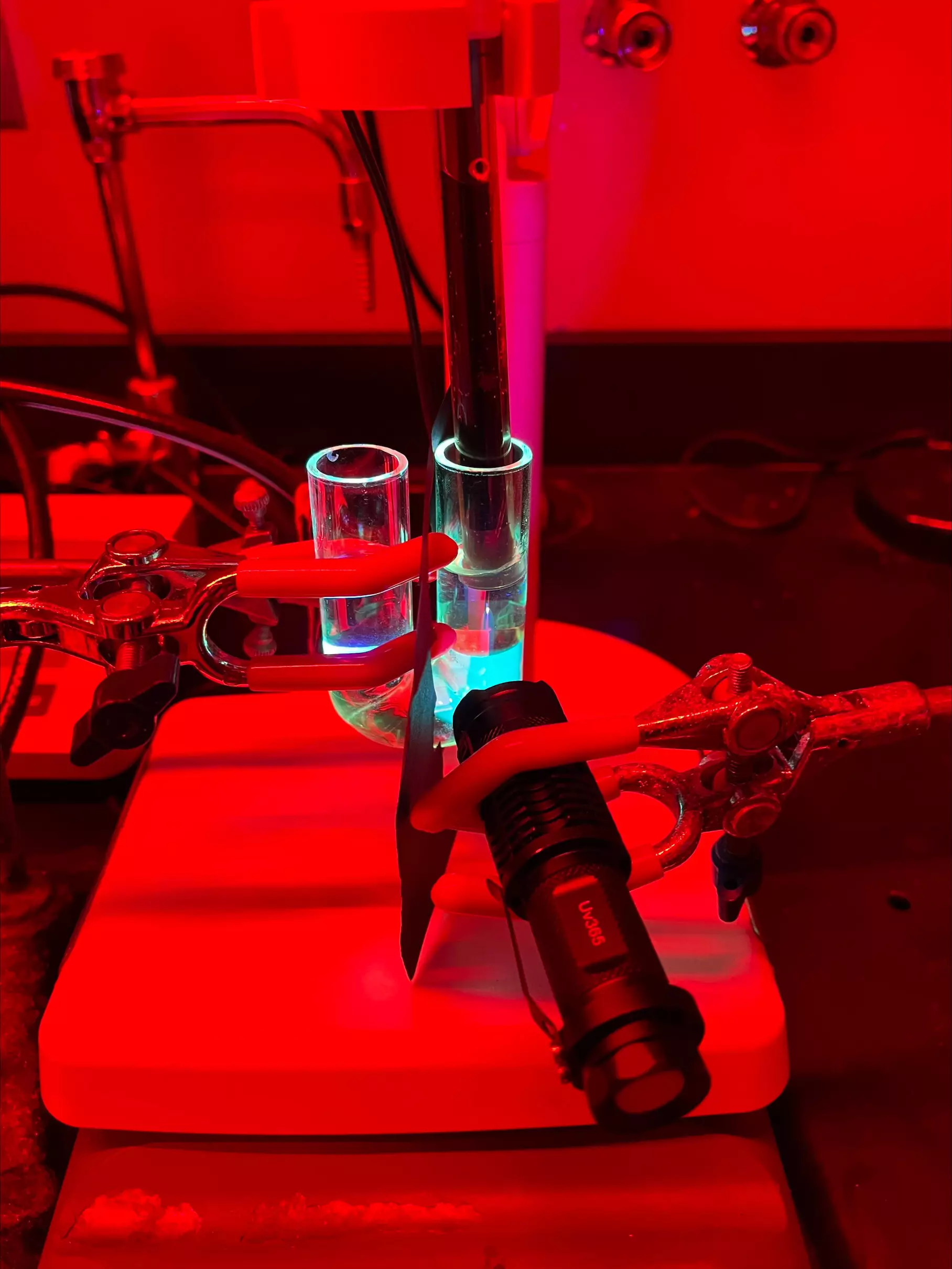Water pollution represents one of the most pressing environmental challenges of our time, with consequences that ripple through ecosystems, affect human health, and threaten biodiversity. In a remarkable new development, researchers from Dartmouth College have made significant strides in addressing this issue through the invention of a self-powered pump that utilizes natural light and innovative chemistry to target and eliminate specific water pollutants. Reported in the journal Science, this breakthrough presents a promising avenue for combating some of the most harmful toxins in our water systems.
The self-powered pump employs a sophisticated mechanism involving synthetic molecular receptors that are activated by light. When water enters the device, a specific wavelength of light initiates the bonding process between these receptors and negatively charged ions, known as anions. These anions are notorious for their adverse effects on the metabolic functions of both plant and animal life. Once the water exits the pump, a different wavelength of light is used to deactivate the receptors, allowing them to release the pollutants. The trapped pollutants are then contained within a stable matrix, ensuring they remain isolated until they can be safely disposed of.
The senior author of the study, Professor Ivan Aprahamian of the Department of Chemistry at Dartmouth, emphasizes the significance of this innovation, referring to it as a proof of concept for utilizing synthetic receptors. “This technology essentially mobilizes light energy to transform chemical potential, enabling the effective removal of contaminants from waste sources,” he states. This approach could redefine our practices in water filtration and pollutant management.
Currently, the pump is calibrated to target chloride and bromide ions, substances commonly found in industrial effluents and agricultural runoff. However, the researchers are expanding their focus to include other anion-rich pollutants. Future iterations of the pump may even tackle radioactive waste and harmful agricultural nutrients like phosphates and nitrates, which are known to create vast dead zones in aquatic ecosystems due to algal blooms.
Aprahamian envisions a sophisticated system whereby multiple receptors could be utilized simultaneously within a single solution, each activated by different light wavelengths. This capability would allow for the independent targeting of various pollutants, enhancing the overall efficiency and effectiveness of water treatment methodologies.
One of the remarkable features of the pump is its ability to manipulate the flow of chloride ions against their natural concentration gradient. This was achieved over a 12-hour duration, successfully moving 8% of chloride ions through a membrane integrated with synthetic receptors. The study highlights that this movement represents not just a small-scale but a significant achievement in the realm of ion transport. As Aprahamian elaborates, the movement is akin to “kicking a soccer ball the length of 65,000 football fields,” underscoring the efficacy of the device.
At the core of this innovation are materials known as hydrazones, which have been a major focus of Aprahamian’s lab. These unique compounds are able to switch properties when exposed to light, a feat that was harnessed and expanded upon by Ph.D. student Baihao Shao during the COVID-19 pandemic. Initially skeptical of the concept’s viability, Aprahamian’s eventual support showcases the power of collaboration and creativity in scientific research.
The design of the receptor is noteworthy; it has been developed utilizing “click chemistry,” a Nobel Prize-recognized technique. This methodology, which enables easy and efficient construction of complex molecules, indicates that the receptors are not only practical but also scalable for widespread use. Furthermore, the inspiration drawn from molecular machines in nature paves the way for further exploration of artificial systems mimicking biological processes.
As Aprahamian points out, “The goal is to incorporate sunlight as the primary energy source to develop autonomous, self-sustaining filtration systems.” This ambition kicks open the door to numerous possibilities, from environmental detoxification to targeted drug delivery systems.
The Dartmouth research team’s innovative self-powered pump represents a potent fusion of chemistry, engineering, and environmental science. By leveraging the principles of light activation and synthetic molecular chemistry, they are not only addressing immediate water quality concerns but are also contributing to the broader conversations surrounding sustainability and ecological health. As the technology evolves and expands, the integration of advanced filtration systems into water treatment protocols could very well become a cornerstone of efforts aimed at restoring the world’s polluted water sources. This initiative underscores the importance of creativity and tenacity in the relentless pursuit of solutions to global challenges.

